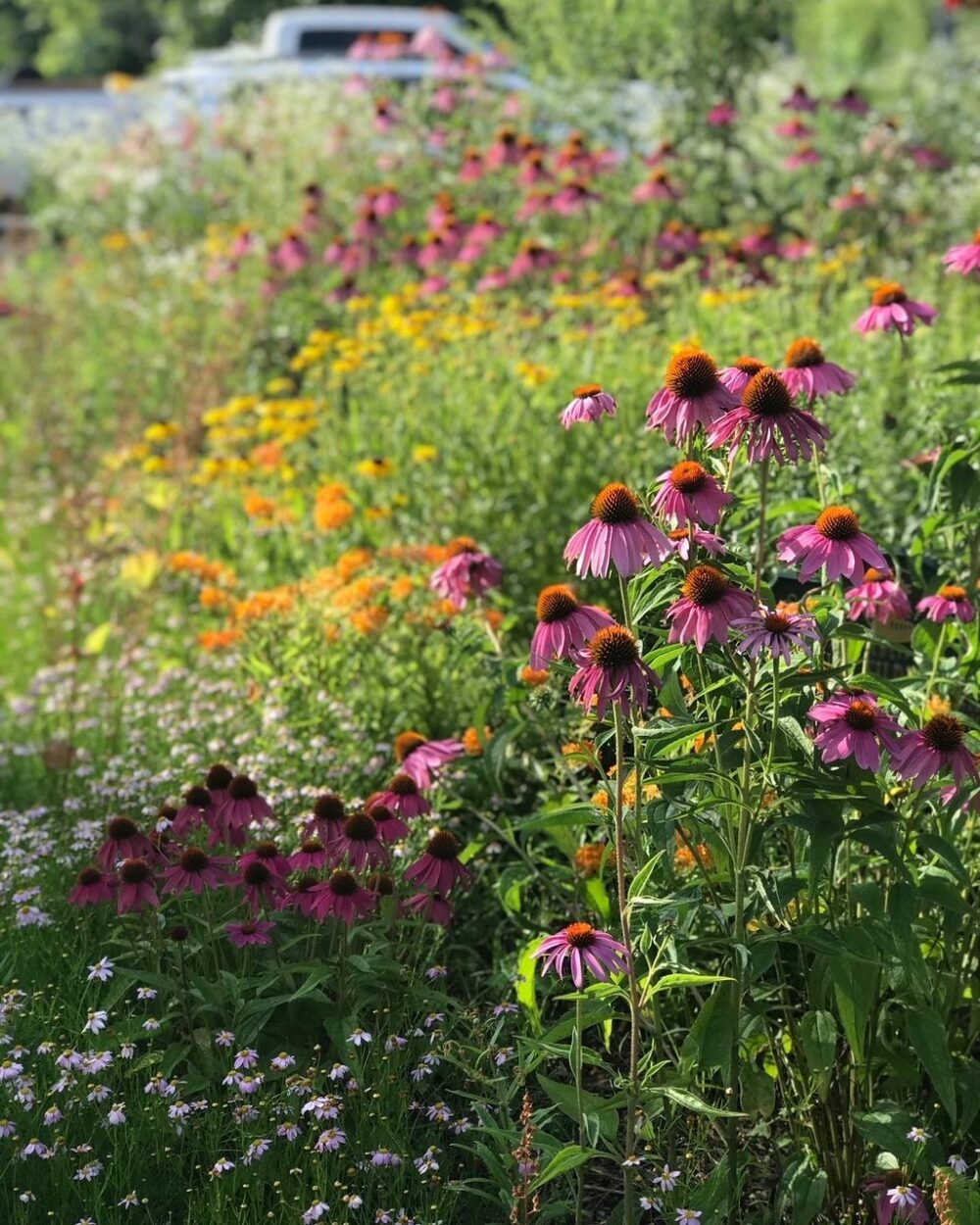We have much more to do and your continued support is needed now more than ever.
Support President’s Obama’s Call to Action to Protect Bees and other Pollinators—Plant a Wildlife Garden!
National Wildlife Federation was pleased to see the White House take steps last week to address the recent decline in pollinator numbers and bring populations back up to healthy levels.
You can help pollinators right now by creating a pollinator-friendly garden! Join NWF’s Garden for Wildlife program for free by signing up for our monthly e-newsletter and learn how to make your garden a haven for declining pollinators. You can then add your garden to over 170,000 others that have been recognized as NWF Certified Wildlife Habitats®.

Five Gardening for Wildlife Tips
Here are some simple things you can do in your garden right now to help pollinators:
- Plant milkweed, the only host plant for monarch butterfly caterpillars.
- Plant other native wildflowers that bloom in late summer and fall such as milkweed, ironweed, sunflowers and asters. They’ll provide pollinators with the late-season nectar and their blooming will coincide with the migratory season of monarchs through North America.
- Fill a birdbath with garden soil and water. Bees, butterflies and other insect pollinators can safely get a sip of mineral-rich liquid from the muddy pool.
- Install nesting blocks for native bees.
- Stop spraying insecticides.
We welcome you to engage in an active community of over 80,000 Wildlife Gardeners on our Certified Wildlife Habitat Facebook page, where you can share your stories and tips on pollinator-friendly gardens. Don’t forget to sign up for NWF’s Garden for Wildlife E-Newsletter to receive monthly tips on wildlife-friendly gardening, including native plants bees, monarchs and other pollinators need, attracting beneficial insects to help with pest management, and basics of providing food, water, cover and places to raise young for pollinators.






















